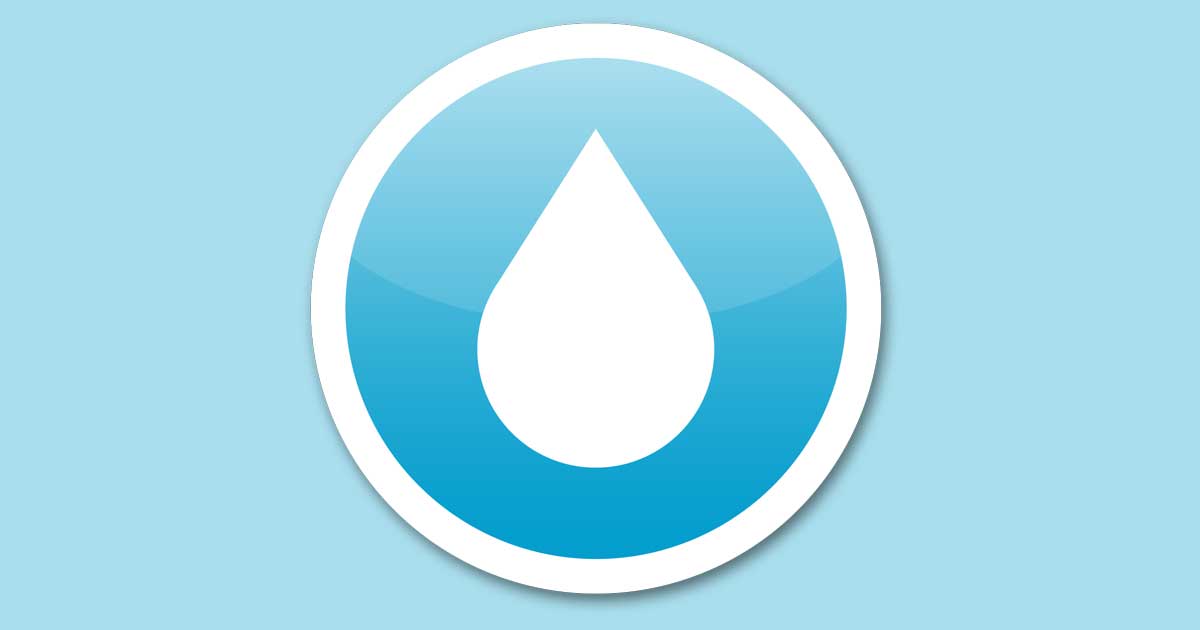MON WATER DEVELOPER INSTALLED MAIN PROCESS
1. Initial Consultation, Application, and Will Serve Letter
- Preliminary Consultation: Arrange a meeting between the Developer and the Utility to discuss the project.
- Submission of Application: Developers are required to submit an application to the water utility, providing detailed information about the project scope, location, and anticipated water demands. A non-refundable fee of at least $500 must accompany the application to cover the cost of the utility’s engineer conducting a hydraulic analysis. This fee may increase based on the size or complexity of the project, particularly if additional analysis is required to confirm service capacity. This analysis ensures that the proposed project will maintain adequate pressure and flow throughout the water system.
- Water Modeling Results. The utility's engineer will deliver the results of the water model to the utility and advise on any necessary upgrades required to support the development.
- Will Serve Letter. The utility will then issue a Will Serve letter outlining any required upgrades to support the development and provide detailed instructions for completing an engineering review of the plans, along with the utility’s specifications.
- Design and Planning
- Design: The developer must engage a professional engineer to design the project in compliance with the utility's specifications and Indiana Administrative Code.
- Review: The developer will then submit a digital copy of the plans to the utility, along with a completed IDEM Form 49008 (Notice of Intent to Construct a Water Main Extension).
- Approval: Once the utility approves the plans, it will submit the approved plans and the Notice of Intent (NOI) to IDEM for final approval.
- Agreement and Financial Arrangements
- Extension Deposit Agreement (EDA): Prepare an EDA outlining the financial responsibilities of both parties. This agreement should detail the estimated costs, payment schedules, terms of reimbursement, and warranty period.
- Cost Estimates and Deposits: Developers will provide a detailed cost estimate.
- Construction Phase
- Selection of Contractors: Construction must be performed by contractors pre-approved by the utility to ensure compliance with standards and specifications.
- Inspection and Quality Assurance: The utility will perform regular inspections throughout construction to ensure compliance with the approved plans and specifications. All inspection costs will be the responsibility of the developer and should be detailed in the development agreement. Any proposed changes to the originally approved plans or specifications must be prepared by the developer’s engineer and submitted to the utility for review and approval prior to implementing any field modifications.
- Testing and Commissioning: Upon completion, the new main must undergo pressure testing, disinfection, and water quality testing before being connected to the existing system. Water quality testing will be performed by utility personnel.
- Transfer and Maintenance
- Payment of Outstanding Balance: The Utility will reconcile all inspection and related costs associated with the developer-installed main and provide an itemized statement to the developer for payment.
- Transfer of Ownership: After successful testing and inspection, the developer should transfer ownership of the main extension to the utility through a formal bill of sale.
- Warranty Period: A warranty period of two years will be implemented, during which the developer is responsible for addressing any defects or issues that arise. This will be outlined in the agreement as well.
- Documentation and Record Keeping
- As-Built Drawings: The Developer must submit accurate as-built drawings that reflect any changes made during construction before the Utility will accept the main.
- Easements: The Developer must secure and document all necessary easements to provide the utility with access for future maintenance. These easements must be delivered to the Utility before the main will be accepted.
- Addressing: The Developer must provide the Utility with the addresses for all lots before the main will be accepted.
- Final Acceptance
- Final Inspection: The Utility will conduct a comprehensive final inspection to verify that all aspects of the project meet the Utility's standards.
- Official Acceptance: The Utility will issue a formal letter of acceptance, indicating that the Utility assumes responsibility for the main extension.
